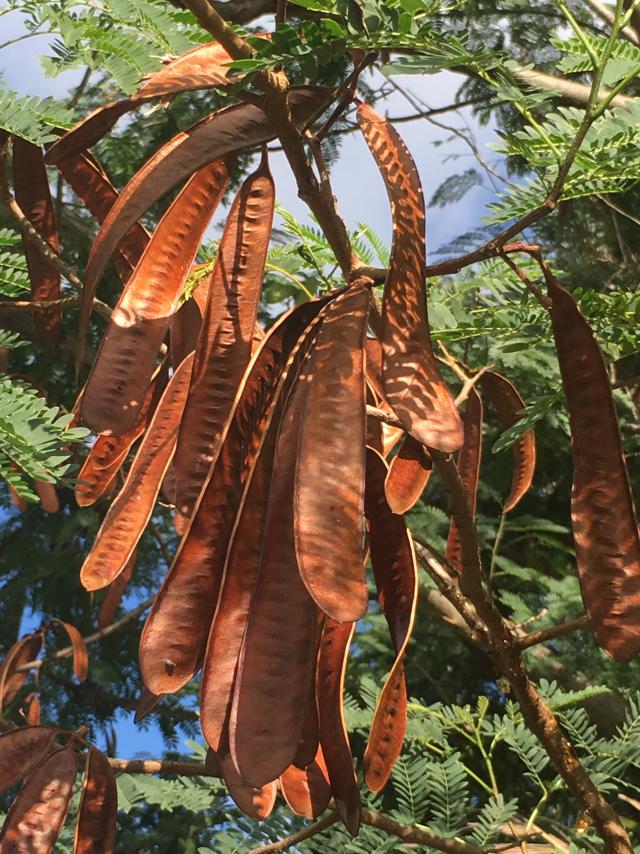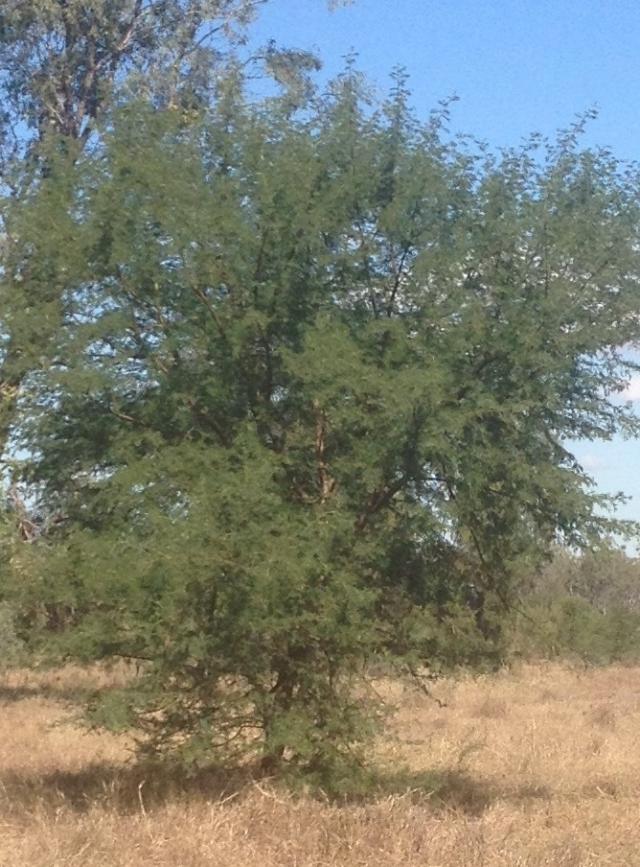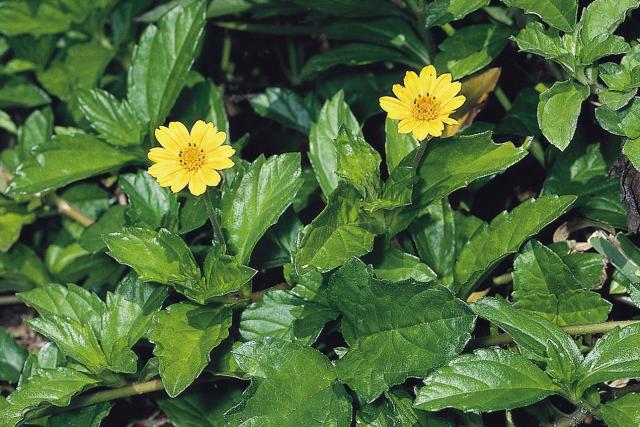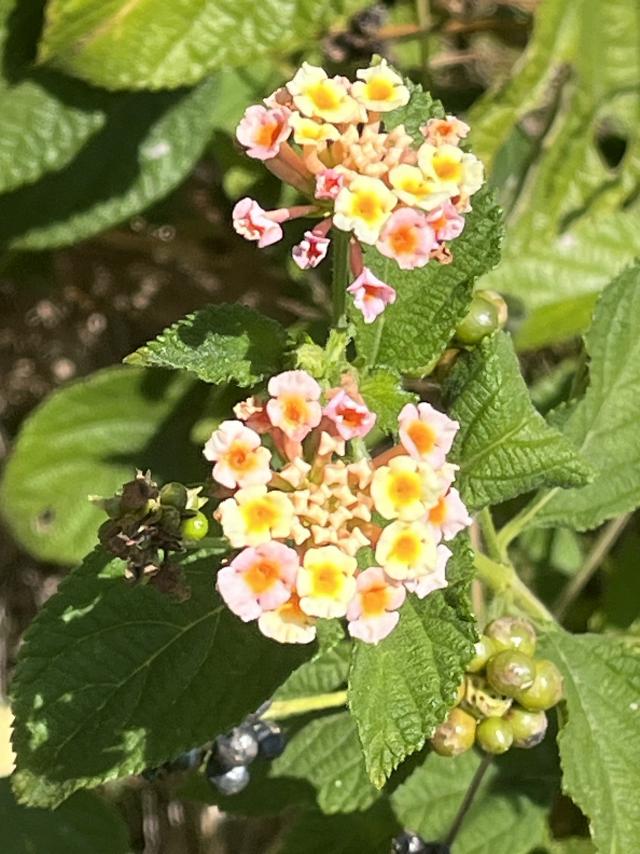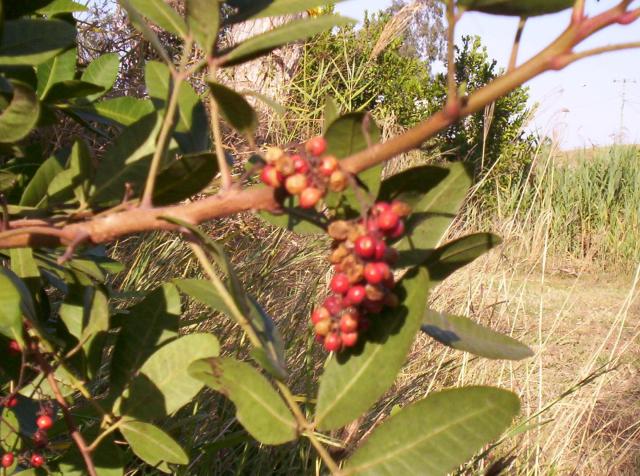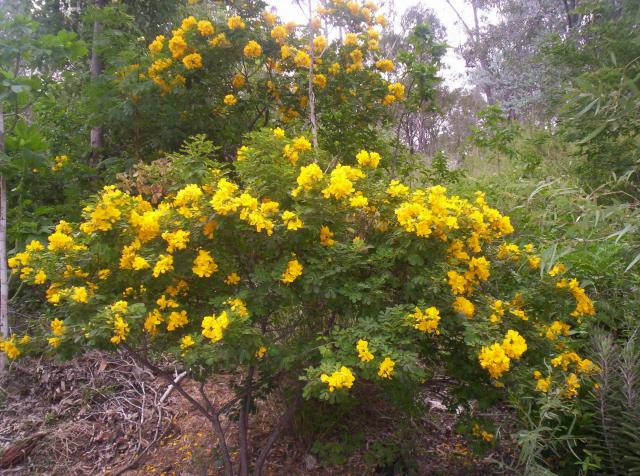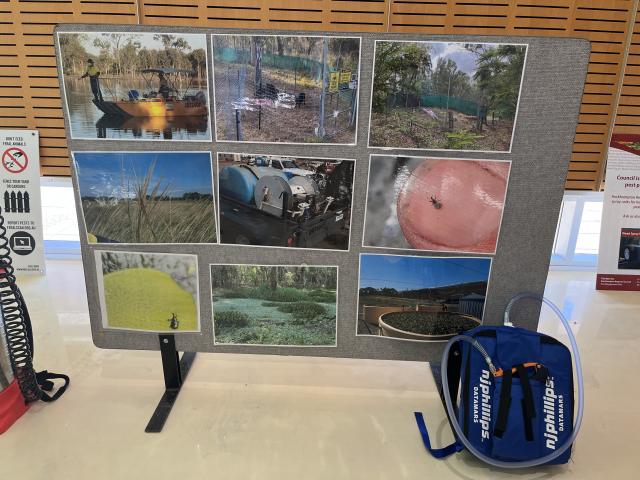It is that time to think about removing those pesky weeds in the garden.
Now that Spring is upon us I would like to suggest attacking the weeds in your garden before the weeds take over.
This Saturday morning at the South Rockhampton Library, Rockhampton Regional Council’s Pest Management Team has a display of weed species that could be a problem at your property.
So then this weekend take walk around your own property or suburb you would be surprised at what you find.
Many recognised weed species just starting to make the best of the starting Spring weather and spreading to new locations to become a further problem.
In many cases you may not realise a plant growing in neighbouring bushland is in fact a weed.
Of all the weeds in our community the weeds that concerns me the most is the Leucaena.
It is spreading through urban communities at a rate that is almost making it control almost impossible.
In one North Queensland community you drive for a distance of five kilometres and the Leucaena forest is thick the entire distance.
Leucaena leucocephala is a weed has the ability to take over an area and exclude all other plants.
If not grazed or cut, the plant can grow into small tree size.
Native wildlife does not use Leucaena as habitat and it thrives in creek beds, where it can choke water flow.
Leucaena was originally introduced as a cattle feed and is still grown by some graziers, supposedly under strict conditions.
Leucana would be the greatest weed threat to urban gardens, waterways and parks.
Other weeds to look out for include:
Acacia nilotica subsp, indica or Prickly Acacia is a woody weed use to cover a large area of Lakes Creek and Koongal many years ago before being almost wiped out.
In the last couple of years the plant has become noticeable again.
Acacia nilotica is a rounded shrub or small tree that can reach five metres.
It often forms thorny thickets, and is nearly always multi-stemmed while mature trees are usually single stemmed, with spreading branches that have lost most of their thorns, leaves are pale in colour and a little ferny.
Bryophyllum species or Mother of Millions is a succulent like plant that can be found growing in increasing numbers through-out parts of Rockhampton Region.
Mother of millions produces masses of little plantlets around the edge of the leaves as the common name suggests.
Mother of millions is highly toxic to stock and hard to eradicate.
Lantana camara or Lantana would be one of Queensland’s most recognised woody weeds.
It can grow as a compact clumping plant, dense thicket or as a scrambling and climbing vine.
Flower colours vary from pale cream to yellow, white, pink, orange, red, lilac and purple.
Opuntia spp or Prickly Pear is another plant that was once a major problem throughout Queensland but a few plants survived, and these plants should be destroyed.
The plant is leafless succulent shrub, with stems are divided into flat segments that are flat and often incorrectly called leaves.
The term ‘prickly pear’ relates to the fruit that is often spiny and pear-shaped.
Shinus terebinthifolia or Pepper Tree is a fast-growing shade tree that will tolerate even the driest of conditions.
For many years it was widely used and recommended by the nursery industry as a plant even a brown-thumbed gardener could have success with.
However, due to its heavy bearing of red berries, this tree has been spread throughout homes, gardens and bushland around Central Queensland.
Sena pendula or Easter Cassia is a low multi-stemmed shrub with small yellow flowers during March and April each year.
It is a native of tropical America and has been grown in Rockhampton for nearly a century, and can be found growing on the edge just about every waterway in the town.
Sphagneticola trilobata or Singapore Daisy was first used locally as the landscape plant around the Pilbeam Theatre.
It became one of those ground-covering plants that was found in just about every garden in Rockhampton.
While this provided excellent coverage in the garden, attractive yellow flowers it also took over.
When it found its way into our waterways this plant smothered all other plants.
Over this weekend, if you have any of these plants in your garden or the bushland surrounding your home, please do the right thing, and eliminate them for the benefit of the community.


